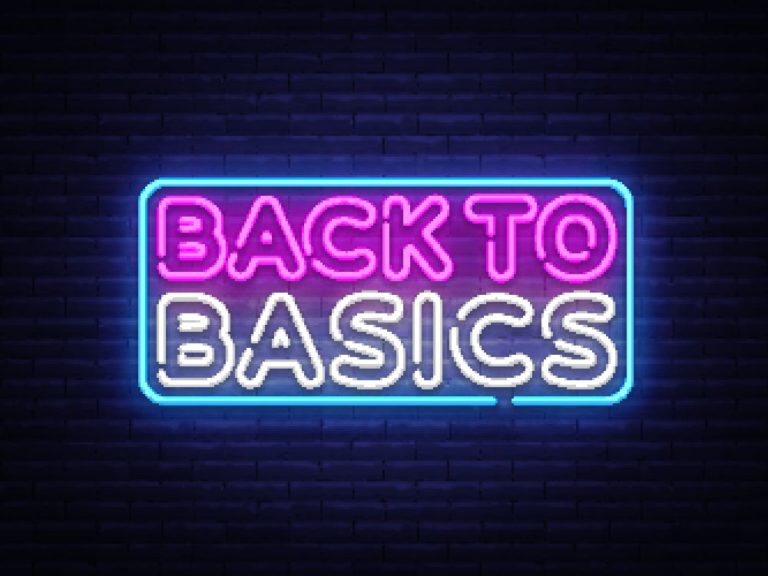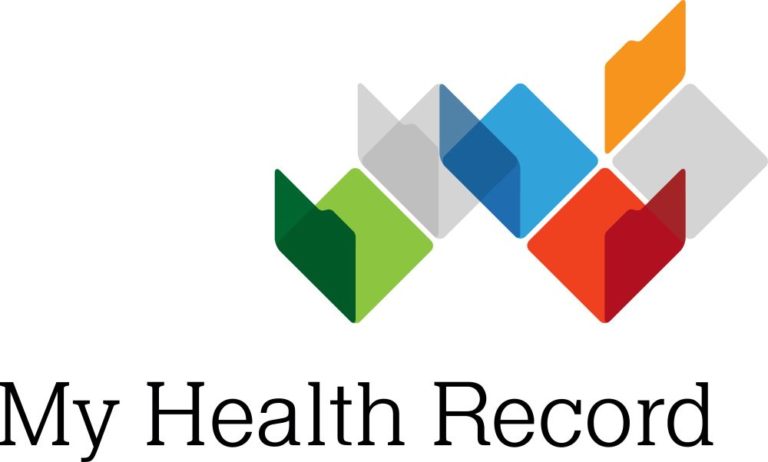[vc_row][vc_column][vc_column_text]It was good to see official recognition of the contribution the MedTech sector has made to keeping this year’s PHI premium increase to the lowest it has been in years.
With the industry having contributed over $1 billion in cuts that goes directly into the bottom lines of PHI companies and their promise to ‘pass on every dollar’ in savings to consumers, it was heartening to see the Department of Health officially recognise MedTechs role.
In evidence to the Senate Estimates Committee the Department of Health stated the MTAA Agreement with the Government has directly resulted in delivering the lowest premium increase in 17 years.
Ian Burgess, Chief Executive Officer of the Medical Technology Association of Australia said “we welcome comments from the Department of Health that our Agreement has directly resulted in delivering the lowest premium increase in 17 years, which has been directly attributed to the $1.1 billion cuts in revenue to the medical device industry.
“The medical technology industry believes access to a full range of medical technology is the most valuable component of a private health insurance policy and we’re committed to doing what we do best – assist patients lead healthier and more productive lives.”
What is clear is that the MedTech industry has done some heavy lifting in regard to aiding Australian consumers in helping to keep PHI premium increases as low as possible.
It is a shame that the PHI insurance has not done the same and continues to blame everybody else.
Only this week Medibank CEO Chris Drummond was in the press complaining about how they have no control over their claims or costs. Laying the blame at the feet of the medical profession as the main driver of claims he stated, “We control our own costs which is 10% of what we pay out”.
He makes no mention though of looking at PHI costs, profits or excess capital.
According to Mr Drummond they have a $600m management cost base and pay $5.2b in claims. This is a cost to claims ratio of 11.5%. Is this acceptable or not? That is a good community debate to have.
It is also very telling though that Mr Drummond has said if Labor win and impose a 2% premium cap, then they will most likely seek to cut payments to dentists, physios and hospitals. This means even less value for money for PHI policy holders.
“MTAA strongly supports the need for a healthy and viable private health insurance sector in Australia,” said Mr Burgess.
“But we’ve always maintained that given we represent 10% of private health insurers overall costs a reduction in costs for medical technology would only ever result in a modest reduction in premium increases.[/vc_column_text][/vc_column][/vc_row]




